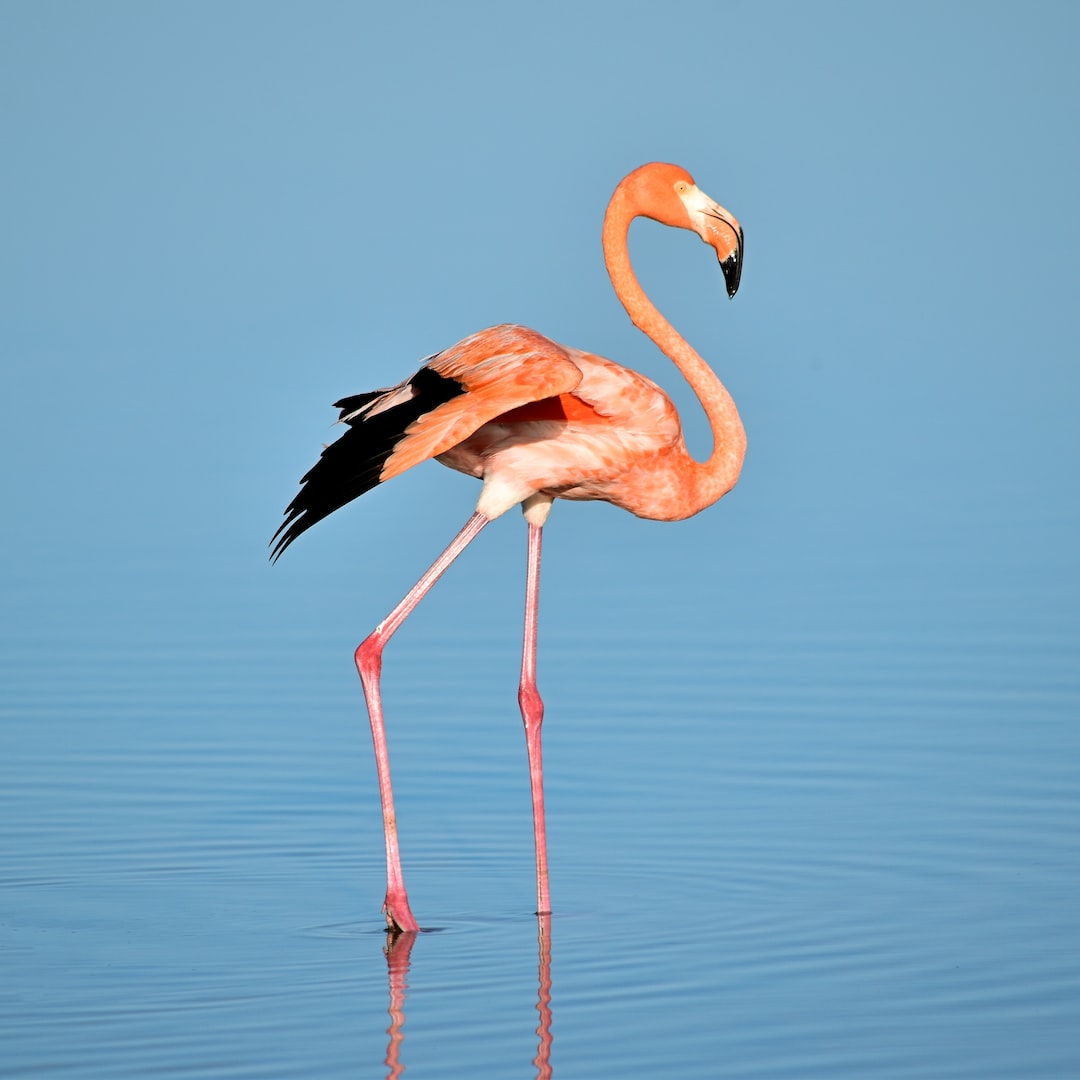Animals have always sparked fascinating stories and beliefs, often resulting in popular myths and misconceptions. Whether passed down through generations or perpetuated by popular culture, these animal myths can shape our perceptions and understanding of the natural world. In this blog post, we will be debunking some of the most widely believed animal myths, shedding light on the truth behind these fascinating creatures.
Myth 1: Bats are Blind
One of the most common misconceptions about bats is that they are completely blind. While it is true that bats use echolocation to navigate, this does not mean they lack vision. In fact, most bats have well-developed eyes and can see in low-light conditions, although they may not have the same visual acuity as humans. Echolocation simply complements their vision, allowing them to effectively hunt for insects in the dark.
Myth 2: Bulls Hate the Color Red
Thanks to popular culture and bullfighting traditions, many people believe that bulls are enraged by the color red. However, it’s not the color that incites their aggression. Bulls are dichromatic, which means they are less sensitive to red and see it as a dull shade. The movement of the red cape used in bullfighting is what irritates them, not the color itself. Bulls are actually attracted to movement, regardless of the color.
Myth 3: Goldfish Have a Three-Second Memory
Contrary to popular belief, goldfish have a memory span longer than three seconds. Research has shown that goldfish can remember things for several months and even recognize human faces. They are also capable of learning and responding to training. While their memory may not be as sharp as that of some other animals, goldfish are definitely not as forgetful as the myth suggests.
Myth 4: Porcupines Can Shoot Their Quills
Porcupines, often misunderstood due to their intimidating appearance, do not have the ability to shoot their quills. The quills are actually loosely attached to their bodies and become embedded in the unfortunate predator if it gets too close. The myth probably arose from the observation that porcupines can forcefully shake their quills when threatened, making them more likely to detach and stick into the attacker.
Myth 5: Camels Store Water in Their Humps
It’s a common belief that camels store water in their humps to survive long periods without drinking. In reality, camels’ humps store fat, not water. This stored fat serves as a source of energy when food and water are scarce. Camels are incredibly efficient at conserving water, and their kidneys and intestines are adapted to reabsorb as much water as possible, allowing them to go for extended periods without drinking.
Myth 6: Ostriches Bury Their Heads in the Sand
We often hear the phrase “bury your head in the sand like an ostrich” as a metaphor for avoiding a problem. However, this popular myth is far from the truth. Ostriches do not bury their heads in the sand when threatened. This myth may have originated from the observation that ostriches sometimes press their long necks to the ground, creating an illusion that their heads are buried. In reality, they do this to camouflage themselves and blend with their surroundings.
Myth 7: Lemmings Commit Mass Suicides
You might have heard the myth that lemmings commit mass suicides by jumping off cliffs. The truth is quite different. Lemmings are small rodents that inhabit Arctic tundra regions, and occasionally, their population may surge due to resource availability. In search of new habitats, some lemmings may migrate in large numbers and inadvertently tumble off cliffs, lakes, or rivers. This is not a deliberate act and certainly not mass suicide.
By debunking these popular animal myths, we can gain a more accurate understanding of the animal kingdom. It is crucial to differentiate fact from fiction when it comes to wildlife, as these myths can perpetuate harmful stereotypes and misunderstandings. Let’s strive to appreciate and respect the remarkable creatures we share this planet with, armed with accurate knowledge and a commitment to conservation.

